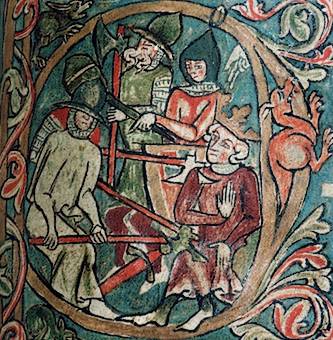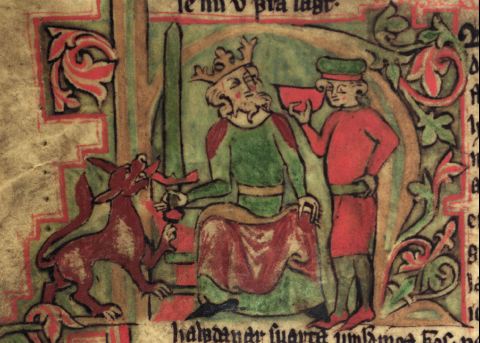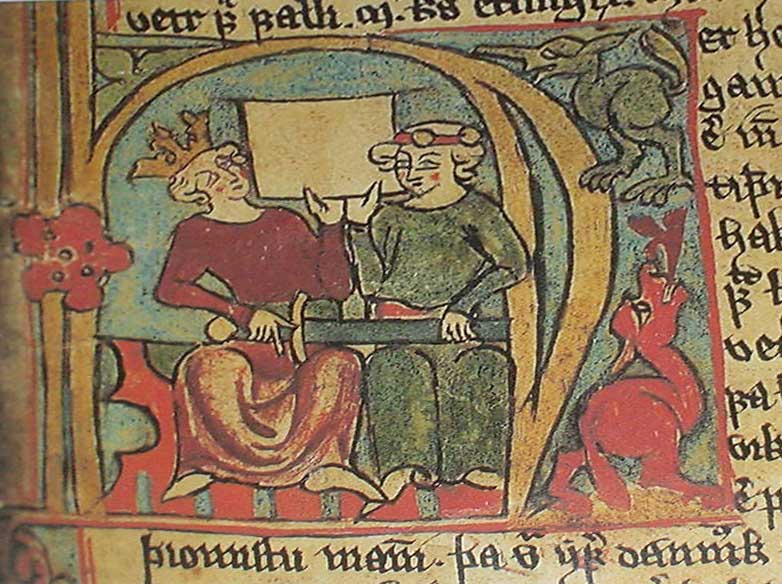


 |
 |
 |
A university is a community of learning. The glue that holds that community together and that enables all of us to do our work – teaching, learning, research – is the academic integrity of all members of this community. Academic integrity means, simply, honesty in how one conducts oneself in academia. If we can't assume that we all respect each other's intellectual property, communications shut down and the generation of knowledge dies.
Just as none of us would not normally misrepresent ourselves, steal or cheat in day-to-day life outside the university, so also we should behave with integrity within the university. Sounds simple enough & commonsensical, doesn’t it? In theory, it should be. But what has gradually become clear to me over the past few years is that the current generation of students may often have genuine difficulty telling what is and isn’t legitimate practice in academia. Some highschools apparently tolerate, maybe even encourage, ‘learning’ by downloading materials off the Web and presenting them as one’s own work. Such practice is plagiarism. Tweaking of downloaded materials (e.g., changing the wording slightly to your own style) doesn’t change the fact that they are somebody else’s intellectual property, and may in fact make the offence worse by making detection of plagiarism more difficult.
When you consult online resources, be extremely wary of simply copying & pasting from them. Do so sparingly, and always treat such copied passages as you would treat a quotation from a printed source (i.e., put it in inverted commas, provide a full reference, etc.). If you consult online resources without quoting from them directly, you should still acknowledge them in your references (as you should do with printed sources you read).
Remember that plagiarism is the most serious infraction of academic integrity, but not the only one: cheating on exams, providing false information, etc., are all forbidden. If it feels like cheating, it probably is. (And if you're not sure, always err on the side of caution.)
Students agree that by taking this course all required papers may be subject to submission for
textual similarity review to Turnitin.com for the detection of plagiarism. All submitted papers will be
included as source documents in the Turnitin.com reference database solely for the purpose of
detecting plagiarism of such papers. Use of Turnitin.com service is subject to the Usage Policy
posted on the Turnitin.com site.
I have zero tolerance for violations of academic integrity.
Some helpful online resources include: Cornell’s Practical Guide to the Code of Academic Integrity. An online tutorial on Recognizing and Avoiding Plagiarism (which you should take!) . A helpful quiz from the University of East Anglia. (You may be interested in some comments provoked by this quiz.) And, on the right, "A Plagiarism Carol" comes to you direct from the University in Bergen, Norway (with thanks to Eliza Buhrer for shepherding it on its journey). There is a moral to this fable. |
return to HIS 3200 syllabus
Oren Falk, Associate Professor
Department of History, Cornell University
Page last updated on: 24 January, 2012